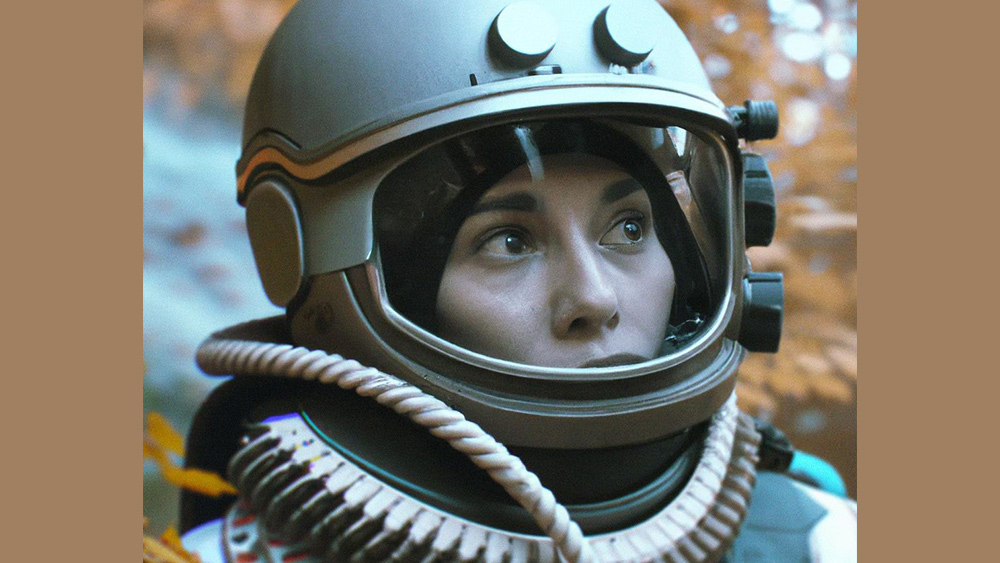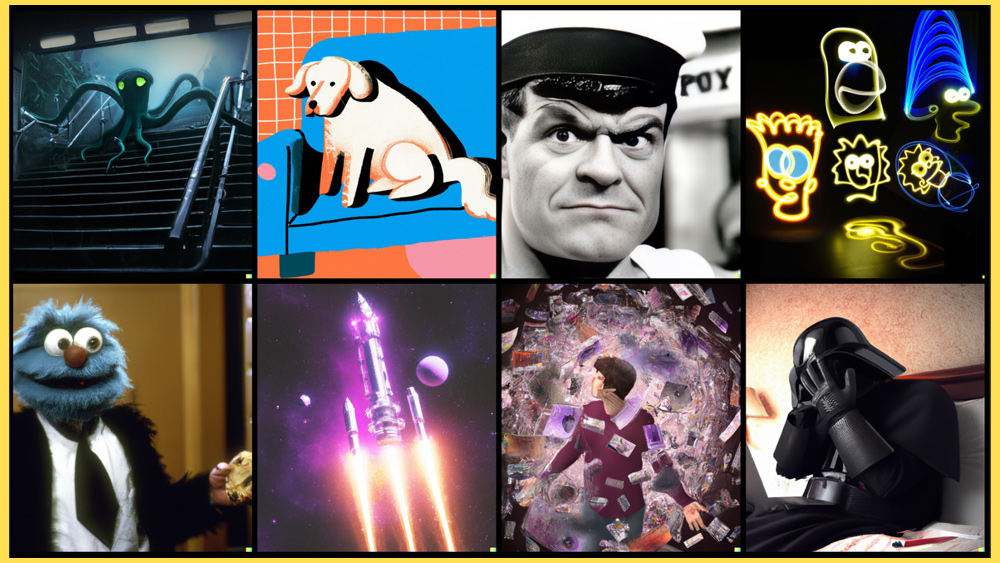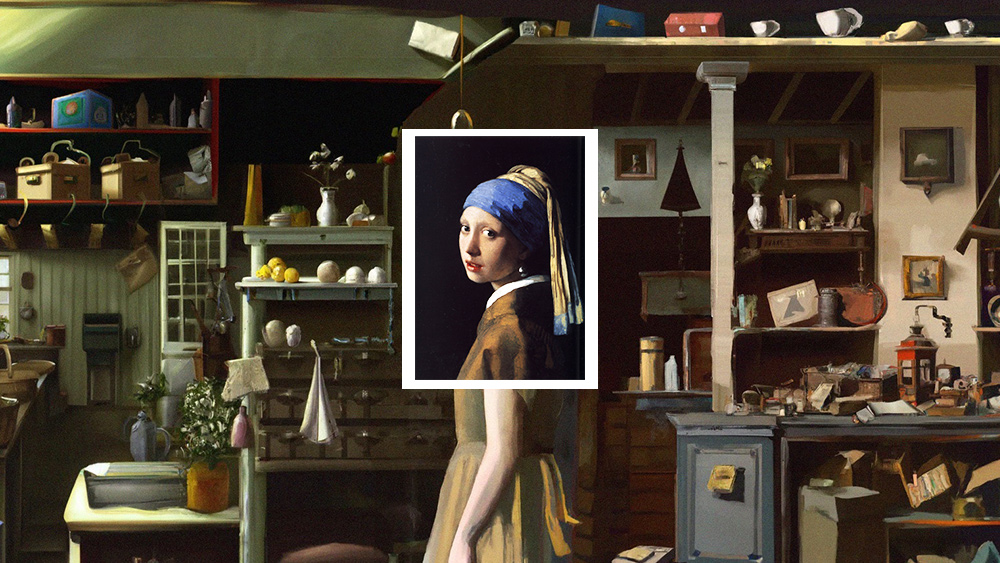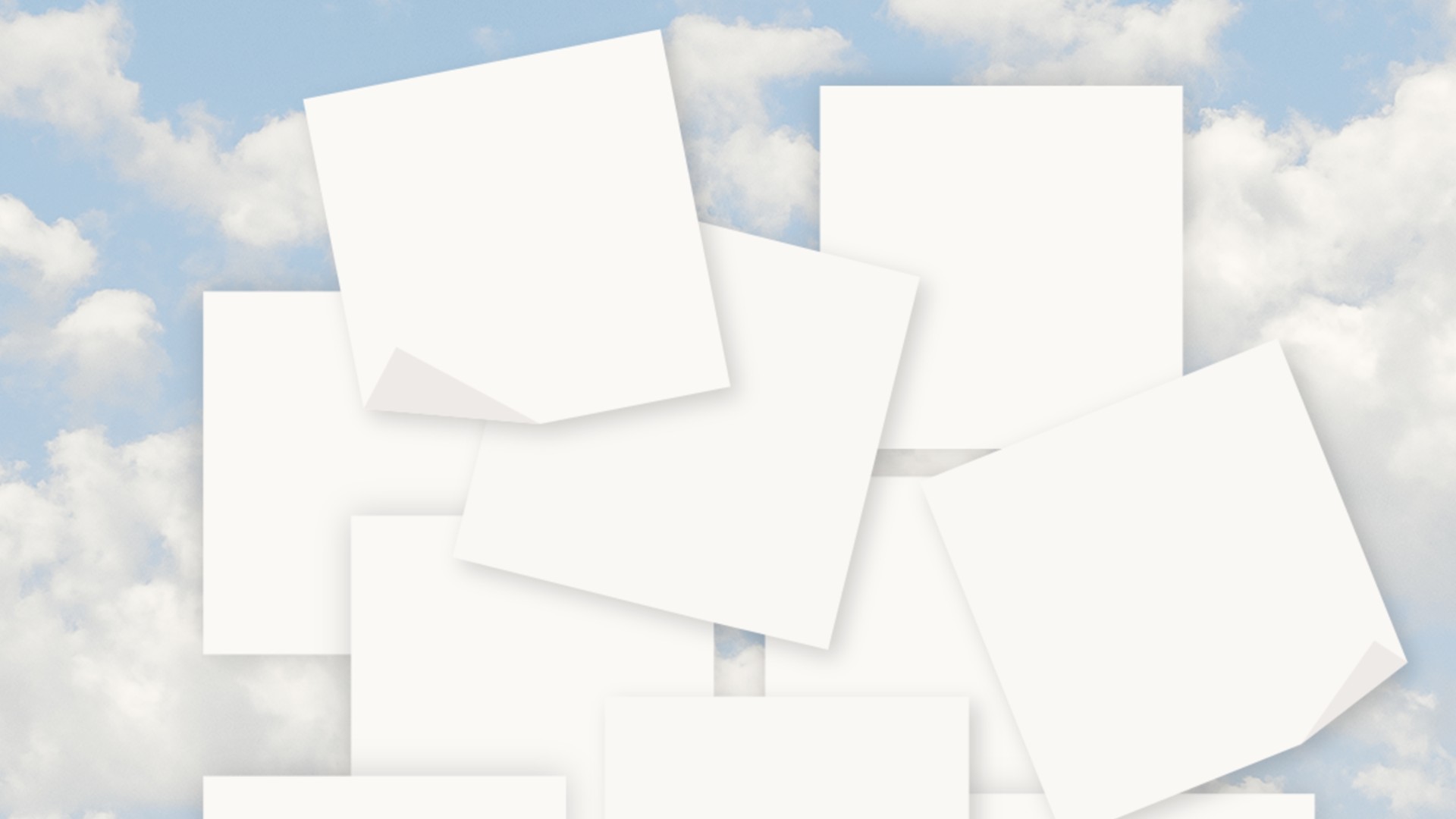
DALLE-2 access has been a coveted privilege among those keen to experiment with the latest in AI art generation. While some text-to-image AI image generators such as Stable Diffusion are open source and available to all, DALL-E 2 has been more cautious and restrictive, resulting in a long waiting list of people hoping to get access.
But now OpenAI, the company behind it, has announced that the waiting list is no more. From 28 September, anyone can use DALL-E 2 and let their imaginations go wild creating AI-generated images. If you want to try it out, read on for details on DALL-E 2 sign up. Make sure you see our piece on How to use DALL-E 2 first.
A post shared by DALL·E by OpenAI (@openaidalle)
A photo posted by on
DALLE-2 was launched in beta in April, and it was rapidly hailed as one of the most advanced AI image generators, especially when it comes to creating photorealistic images. You've probably already seen examples of DALL-E 2 output doing the rounds online, with their telltale coloured squares watermark in the bottom right. DALL-E 2 still has some of the issues with nightmarish faces that other AI image generators suffer from, but it's generally much more convincing (see this comparison of the best AI art generators).
The catch was that DALLE-2 access was only available by invitation through a waiting list, although OpenAI says that 1.5 million people are now using it. That's now over though. The platform is still in beta, but it's now open for anyone to use by signing up on the OpenAI website.
Some people are reporting that it's not quite as straightforward as that, though. People have been replying on Twitter and Instagram to say that DALLE-2 is showing as unavailable in their country or that they get an error when trying to sign up. Also, there's still no DALL-E 2 API, although Open AI says it's working on that.
We’ve removed the waitlist for DALL·E. Sign up and start creating immediately! https://t.co/TCVDl1iMeUSeptember 28, 2022
Opening access seems more in accordance with the name of the company behind DALL-E. It seemed an irony for a company called OpenAI to limit access to its product. Meanwhile, pricing will remain the same as it has since July when a credit-based system was introduced (see below for details).
Open access seems fairer, and it means that all creatives can experiment with one of the most successful text-to-image generators, giving them a new resource to test new creative ideas and potentially speed up their workflows. But it's also kind of scary. DALL-E 2 can produce very realistic images, and it's just removed a ban on editing real human faces, which opens up a risk that people's images could be altered without their permission to create deepfakes or commit fraud.
Daily design news, reviews, how-tos and more, as picked by the editors.
Stability AI’s open-source Stable Diffusion has neem hit by criticism for its lack of restrictions, which have allowed users to create violent and pornographic content. Opening access DALL-E 2 will now test OpenAI's own safeguards, which it says it's built in from the start and further improved through "learning from real-world use". It said in a blog postthat these improvements are what make open access now possible.

The company says it uses a mix of automated and human monitoring to prevent prohibited content. Attempts to create images of public figures are prohibited and the dataset used to train DALL-E 2 was filtered to remove obviously violent, sexual or hateful images. “We have made our filters more robust at rejecting attempts to generate sexual, violent and other content that violates our content policy, and building new detection and response techniques to stop misuse," OpenAI says.
Aside from concerns about security, there are also unresolved copyright issues. The first known case of copyrighted AI art has proven controversial thanks to its subject's resemblance to a celebrity. Getty Images thinks the area's murky enough to have banned AI-generated content from its stock image library. And many creators out there may be concerned about their jobs too. If someone can, in theory, create any image they want by simply typing a description into a prompt box, why pay a designer or illustrator to do it?
For the moment, though, the technology still needs a lot of guiding and someone with a decent artistic judgement to get the most out of it. A whole new job area is opening up – that of AI prompt writer, and there are AI prompt marketplaces selling prompts for particular styles of images. There's still no API, but the company says that it's testing one "with several customers" and will soon offer it more widely to developers.

What is DALLE-2?
DALL·E 2 (the name is a portmanteau of 'Dali' (as in Salvador) and Pixar's 'WALL-E') is a text-based AI image generator based on machine learning. Created by the artificial intelligence company Open AI, it's a generative tool, which means users can generate art from scratch by using text prompts.
Users describe the subject and style of the image they want to obtain and DALL-E 2 will use its training on millions of existing pictures and captions to create what it thinks matches that description. For example, you could type in "anthropomorphic hedgehog wearing a suit and tie, studio lighting, award winning high res photography". Yep, someone did just that – see the results in the tweet below.
DALL-E 2 can also be used to edit or create variations of existing work. One recent feature called outpainting allows users to expand a picture beyond its original frame.
ancient egyptian hieroglyphics depicting a man sitting at a computer with the word Dalle on the screen#dalle2 pic.twitter.com/EBzR8ESZ70September 28, 2022
What can DALL-E 2 be used for?
DALL-E 2 can be used to create images in a wide variety of styles by writing text prompts. It can even recreate the styles of famous artists. Brands including Heinz have experimented with using it for creating marketing and advertising pieces, though until now only as a gimmick.
The tool could be useful for speeding up the creation of backgrounds for gaming and other uses, and plastic surgeons and architects have been using it to envisage what their work could look like, and a German art institute is running an evolving AI art exhibition that uses DALL-E 2 to generate art based on trending topics on Twitter. But mainly it's being used for artistic experimentation and to generate and test ideas – check out our roundup of some of the weirdest AI art.
OpenAI says, “More than 1.5 million users are now actively creating over 2 million images a day with DALL-E — from artists and creative directors to authors and architects — with about 100,000 users sharing their creations and feedback in our Discord community."
¿Puede la #IA fusionar obras de Van Gogh, Monet, Munch y Hokusai? En @OrbAmsterdam se formularon esta pregunta y lanzaron el reto a @OpenAI. El resultado es impresionante (nunca mejor dicho).Así funciona la nueva capacidad de #outpainting de #DALLE2👇🏼pic.twitter.com/WWeyRvea6xSeptember 28, 2022
How much does DALL-E 2 cost to use?
DALLE-2 was free during its first two months, but in July OpenAI began to charge for credits, which are needed to generate art on the platform. All first-time users get a bunch of free credits to use, but then just 15 free credits each month.
Users will be able to buy additional credits at a price of $15 for 115 credits (enough to generate 460 square images). OpenAI has invited artists who need financial assistance to apply for subsidised access.
Read more:

Joe is a regular freelance journalist and editor at Creative Bloq. He writes news, features and buying guides and keeps track of the best equipment and software for creatives, from video editing programs to monitors and accessories. A veteran news writer and photographer, he now works as a project manager at the London and Buenos Aires-based design, production and branding agency Hermana Creatives. There he manages a team of designers, photographers and video editors who specialise in producing visual content and design assets for the hospitality sector. He also dances Argentine tango.
